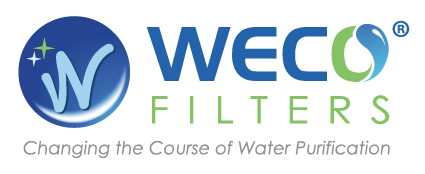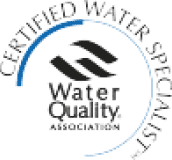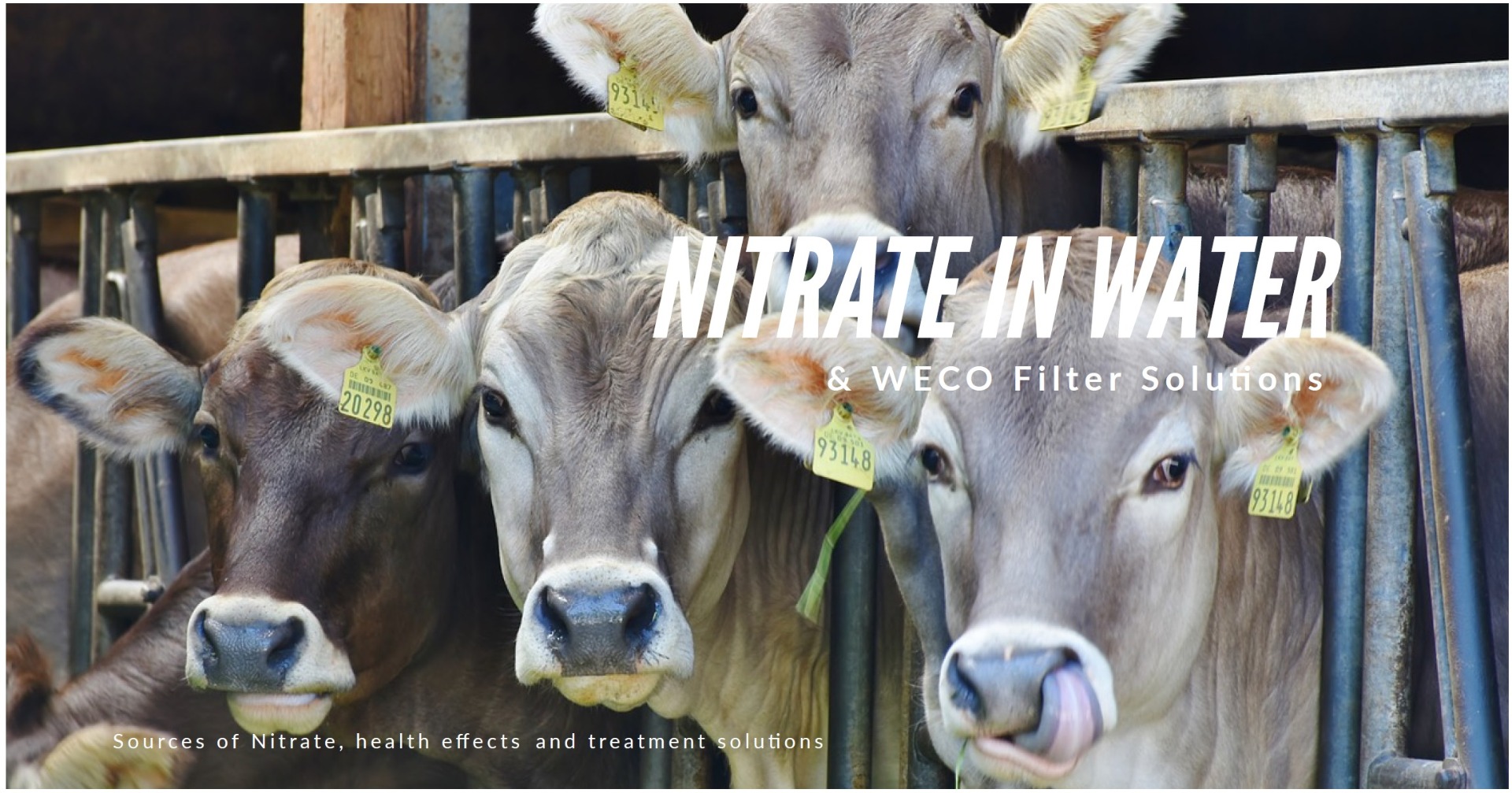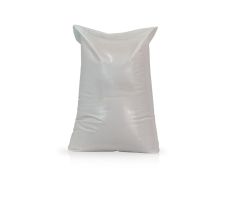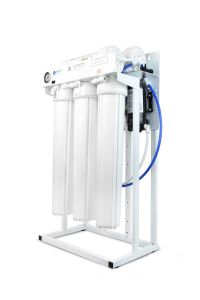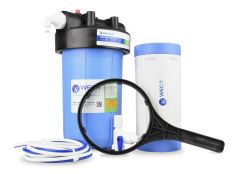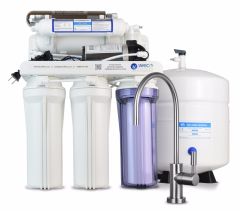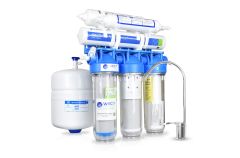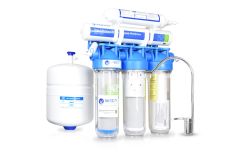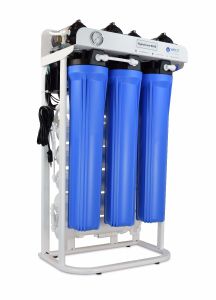Nitrate in Water
Source of Nitrate: Nitrate (NO3) is naturally occurring in nature and is formed during decomposition of proteins, manure wastes, urine, and from other nitrogen-containing compounds. Nitrate can enter into groundwater from rain and melting snow. In some cases, nitrogen fertilizer can contribute to Nitrate in groundwater. Nitrate can be found in well and municipal water supplies. Shallow or improperly located wells are more susceptible to nitrate problems.
Health Effects of Nitrate: Nitrate in drinking water poses a special risk to infants under six months of age. When infants are given formula made with water high in nitrate, a condition called "blue baby syndrome" (methemoglobinemia) can occur. The syndrome prevents the infant's blood from carrying oxygen. The baby's skin turns a bluish color. Death can result if not treated promptly. For many adults, limiting nitrate intake is an important health goal. The US Environmental Protection Agency has set a maximum contaminant level goal (MCLG) for nitrate at 10 mg/L or 10 ppm. EPA has set an enforceable regulation for nitrate, called a maximum contaminant level (MCL), at 10 mg/L or 10 ppm for all public water supplies.
How to Remove Nitrate: A reverse osmosis filtration system will reduce nitrate in drinking water by more than 98%. It is the ideal filter system for under counter installations in the home or office. A WECO nitrate-removing Point Of Entry (POE) ion-exchange filtration system is an option for whole house and commercial applications. Contact us and we will help you choose the right WECO system for your application.
